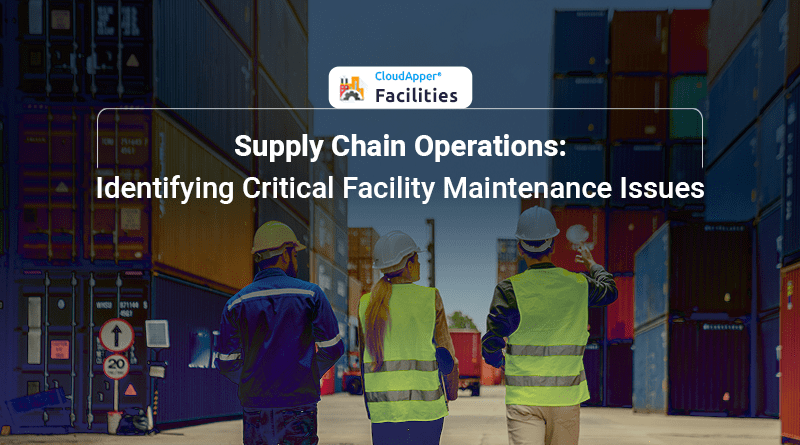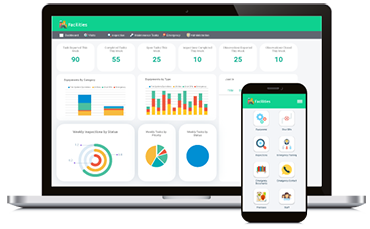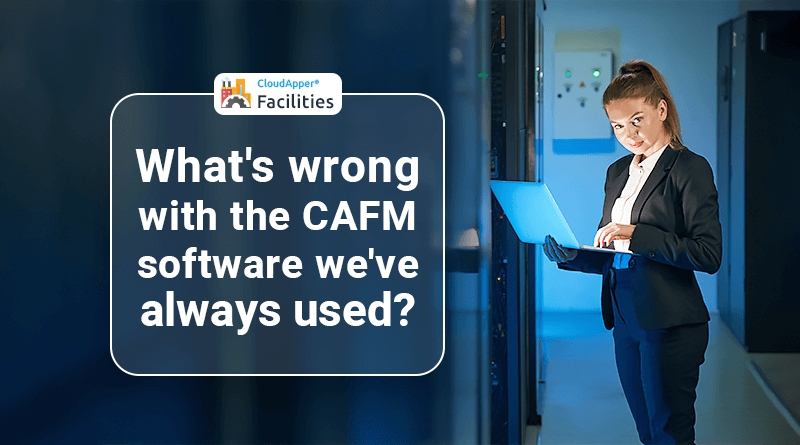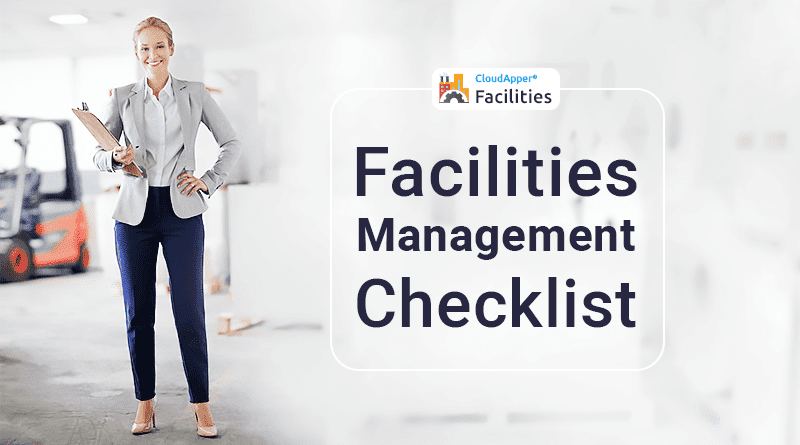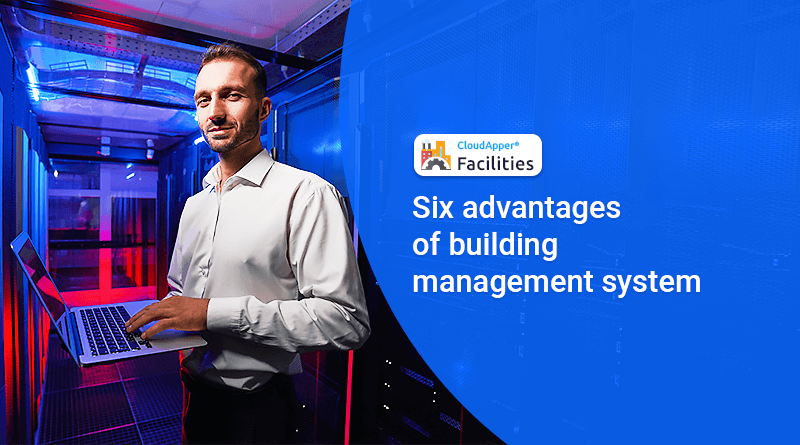Fast-moving supply chain management (SCM) projects are frequently met with roadblocks that could prevent efficient and timely product delivery.
Any stage of the supply chain cycle, from planning to sourcing, production, and delivery, might experience these issues. Furthermore, any breaks could have a cumulative and detrimental multiplier effect, making the supply chain less efficient overall.
The facility maintenance team must support supply chain managers in staying ahead of potential challenges by diligently preparing for them because the supply chain is so sensitive. In addition, maintenance staff working behind the scenes can ensure the entire process goes smoothly from manufacturing to final delivery.
The most frequent maintenance problems in supply chain facility management include the ones listed below.
Three Major Supply Chain Facility Maintenance Problems and Potential Solutions
1) Preserving Current Productivity Levels
Once upon a time, maintenance was viewed as an unwanted cost center. However, as companies adopt more preventative maintenance procedures, they may observe that the maintenance function has changed from being a “burden” to a significant contributor to company profit.
Maintenance improves the availability and performance of equipment in the workplace, in the built environment, and in any other business context.
For instance, the need for maintenance is evident on the production floor. The manufacturing process cannot remain effective if the equipment is broken or operating below acceptable levels.
Equipment failure is a significant factor that frequently disrupts the supply chain. Unplanned downtime is predicted to result in an industry losing up to 5% of its production capability. Additionally, it lowers production efficiency by leading to the following effects:
- Delay in the manufacturing process. As a result, there will only be sales or profit if there are products.
- Higher resource expenses for things like spare parts and overtime pay for maintenance workers who work to fix the broken equipment
- Products made when a machine was broken but still operating that were defective or incomplete.
Fortunately, a well-executed preventative maintenance strategy will eradicate or, at the very least, significantly reduce the recurrence of the majority of these issues.
Maintenance managers should look for more proactive maintenance alternatives rather than reactive maintenance, which involves waiting until equipment breaks down before fixing it. Predictive maintenance or a preventive maintenance plan (pre-planned time-based intervention) are two options (condition-based monitoring and intervention).
2) Warehouse and storage
In many institutions, it is common to find that the items kept in their warehouses are worth more than the structure itself. Therefore, these goods must be secure and protected.
The maintenance division is also in charge of ensuring that any warehouse or storage facility under its control offers a suitable setting for storing manufactured goods and raw materials. They can do this by taking the following actions:
* Correctly maintain the warehouse building by repairing leaking roofs, replacing broken window panes, replacing broken light bulbs, repairing shaky shelves, etc.
- Forklifts and other mobile equipment must always be in good operating order.
- Keep an eye on how safety gear is used and ensure safety precautions are followed. For instance, all emergency exits ought to be well-marked and unhindered.
- Regularly maintain and test firefighting apparatus.
- Use preventive hygiene and pest management techniques.
- Special care must be implemented to ensure that freezers and other cooling equipment are always functional if the finished commodities are perishable or intended for human use (such as food, beverages, or medicine).
3) Transport
Transport and fleet management are two more crucial aspects of supply chain facility management. Before the finished goods are timely supplied to the customer, raw materials must be physically transported to a warehouse.
The maintenance team goes above and above to provide efficient logistics, which includes forethought. For instance, it might seem unimportant, but has anyone looked into whether the vehicles used to transport the items are weatherproof? If it started to rain on the way to the customer’s location, would the things still arrive safely and in excellent condition?
Additionally, commodities that must be transported under certain conditions, such as food and cold or frozen goods, should be included in the logistics planning.
But the temperature must be ideal since some goods, especially pharmaceutical goods like vaccines, medications, and biotech goods, regularly suffer damage due to unintended freezing in transit. Any error made at this point can potentially harm the entire batch and disrupt the supply chain.
It is clear from the preceding that every step of the supply chain process is incredibly susceptible to error and delay. However, the supply chain unit may lessen many of the effects of these delays before they become an issue by working closely with the Facilities maintenance team.

